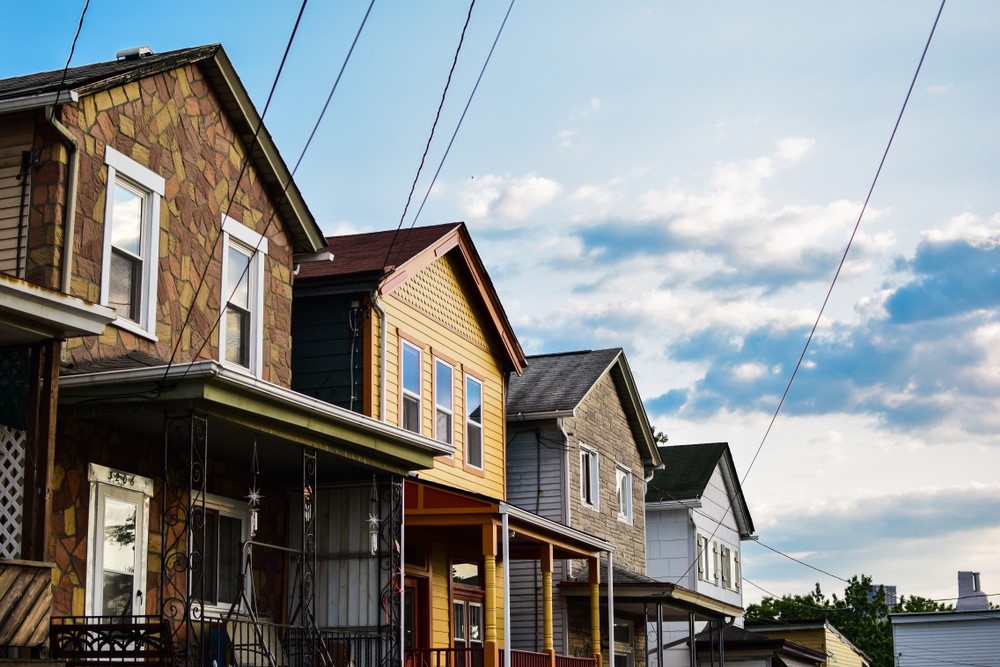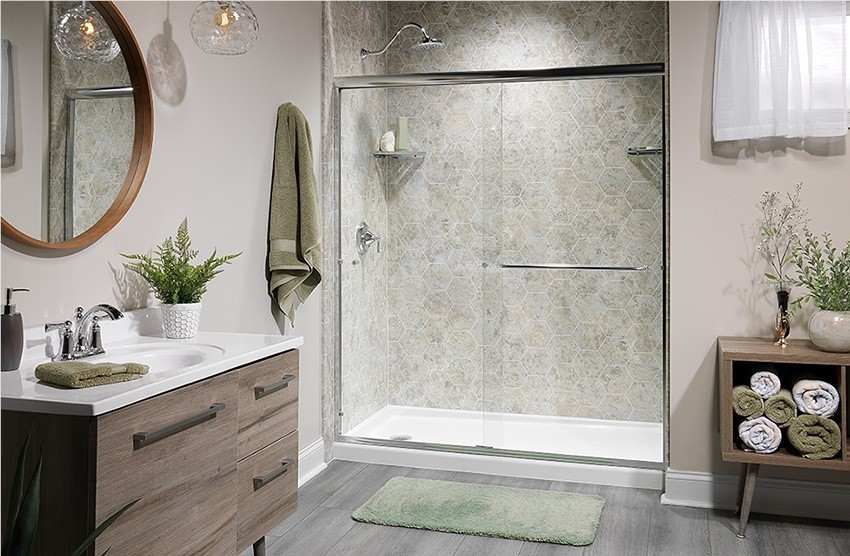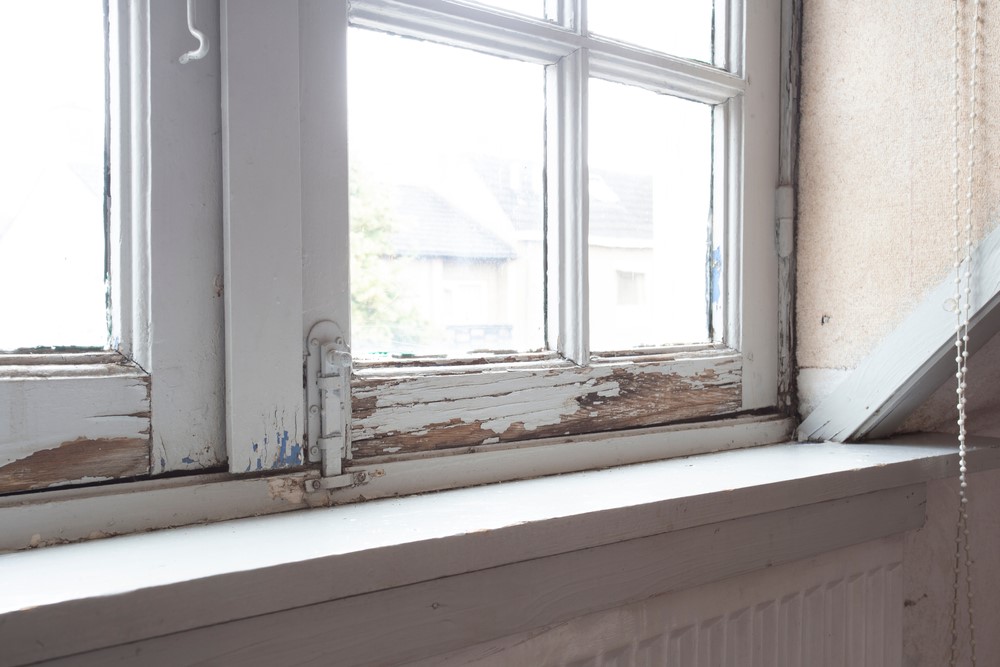Today's posting has to do with the Home Star program that is currently being debated in Congress. Sometimes referred to as "Cash For Caulkers", Home Star is a federally funded program meant to provide support for homeowners to invest in making their homes more energy efficient. While legislation supporting this program is still being worked out, I wanted to add my voice to those opinions which will help to shape the ultimate form of Home Star.
As it is currently written, Home Star provides two levels of support for home weatherization, a silver level and a gold level. The silver level will provide $1,000 to $1,500 in rebates for basic, straightforward home improvements like insulation, windows, doors, duct sealing, etc. This in my opinion will help to pick up the slack in demand for home efficiency upgrades that may be created when the current energy efficiency tax credit expires at the end of 2010.
The second level of Home Star, gold, will provide up to $3,000 in credits for home improvements that are proscribed by a home energy audit. This will require the participation of a home energy auditor, so far, so good. However, the way the program is currently structured the auditor must be accredited by BPI (Building Performance Institute). This is a problem for several reasons. First, there are a number of states that have no BPI accredited companies, second in those states where BPI accreditation is more common, there still are not nearly enough certified auditors to allow this program to have maximum impact in energy usage and on job creation. My company, Legacy Remodeling is a perfect example. I am a certified BPI building analyst, therefore based on the way Home Star is currently written, Legacy will be able to participate in both the silver and gold levels of Home Star. However, I am only one person and can only visit with a limited number of our clients. In my opinion, I should be permitted to show my sales consultants how to use the relevant modeling software and based on that, we would be able to provide many more people with the opportunity to improve their home efficiency under this program.
My other concern with Home Star as it is currently written is that it may require contractors to essentially front the rebate money to the homeowners and then wait for reimbursement from the government. Unfortunately based on experience of the Cash for Clunkers program, the government's track record for dispersal of this type of rebate is not good. Since the home improvement and home energy industries are made up of many, many small companies it is unlikely that these companies could afford to support these rebates for more than one or two customers, if any. If the rebates take too long to get back to these companies, it could really hurt some of them. This will have the effect of limiting participation in Home Star.
I believe it would be far better to provide the rebate directly to the homeowner as a refundable tax credit. To help homeowners pay for the work upfront, their could be government supported loans. This would guarantee that people get the money to pay for the work and at the same time would allow for the maximum participation of the home improvement industry.
Home Star has real potential to assist the struggling home improvement industry as well as create many jobs. This is made all the better by the knowledge that these jobs are working to create ongoing savings through increased efficiency... all around this could be a winner. If only the government can get it right by maximizing participation and streamlining payment.
Subscribe to Legacy Remodeling's Blog











Comments